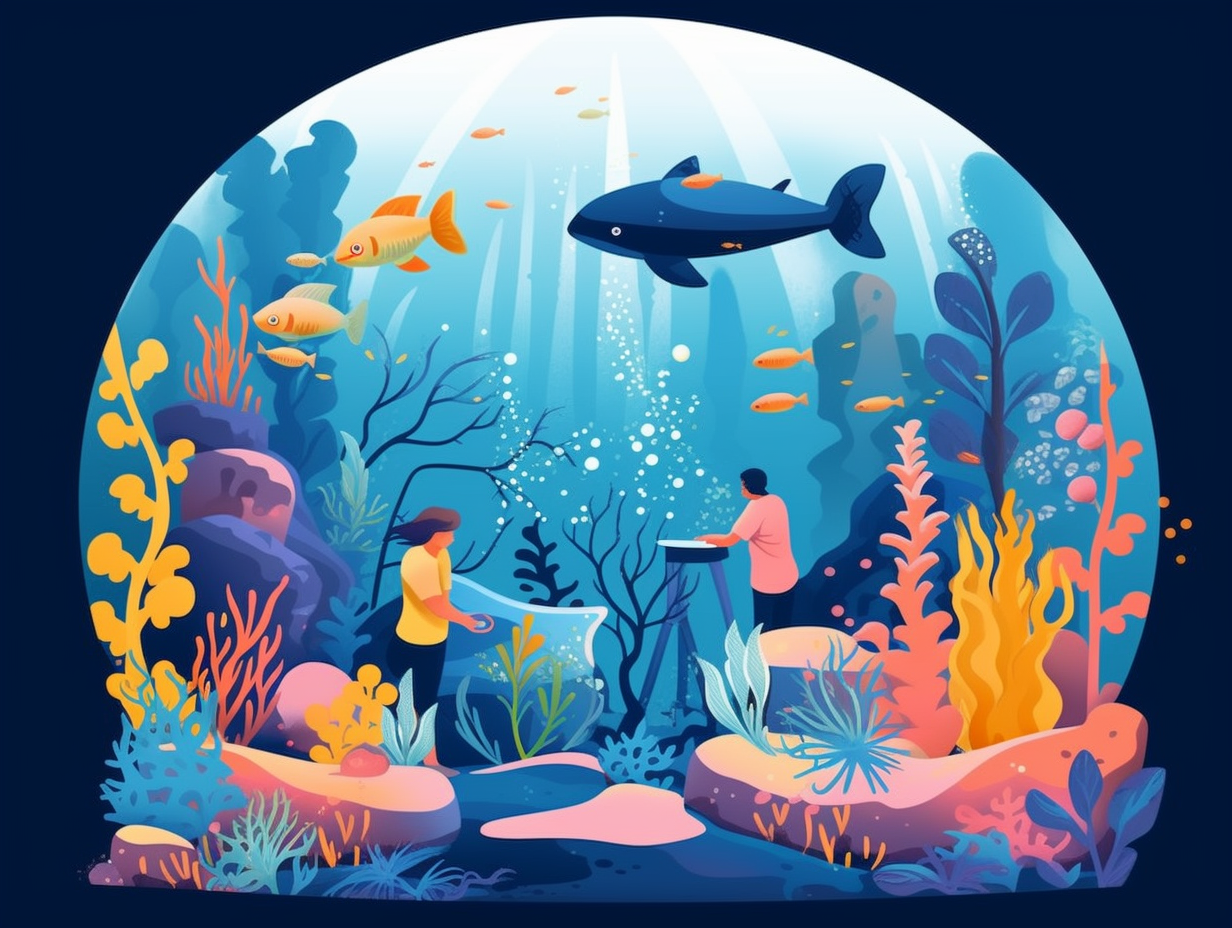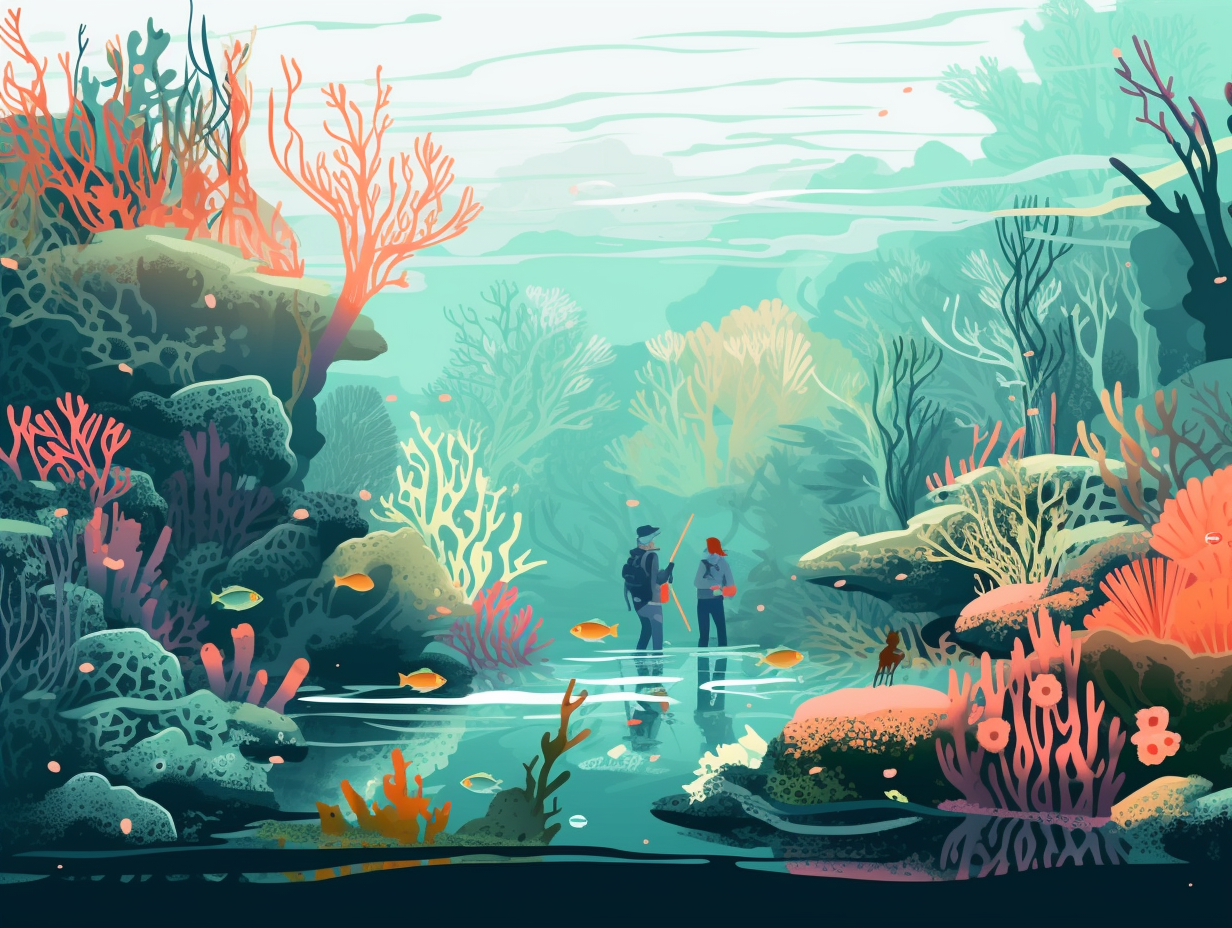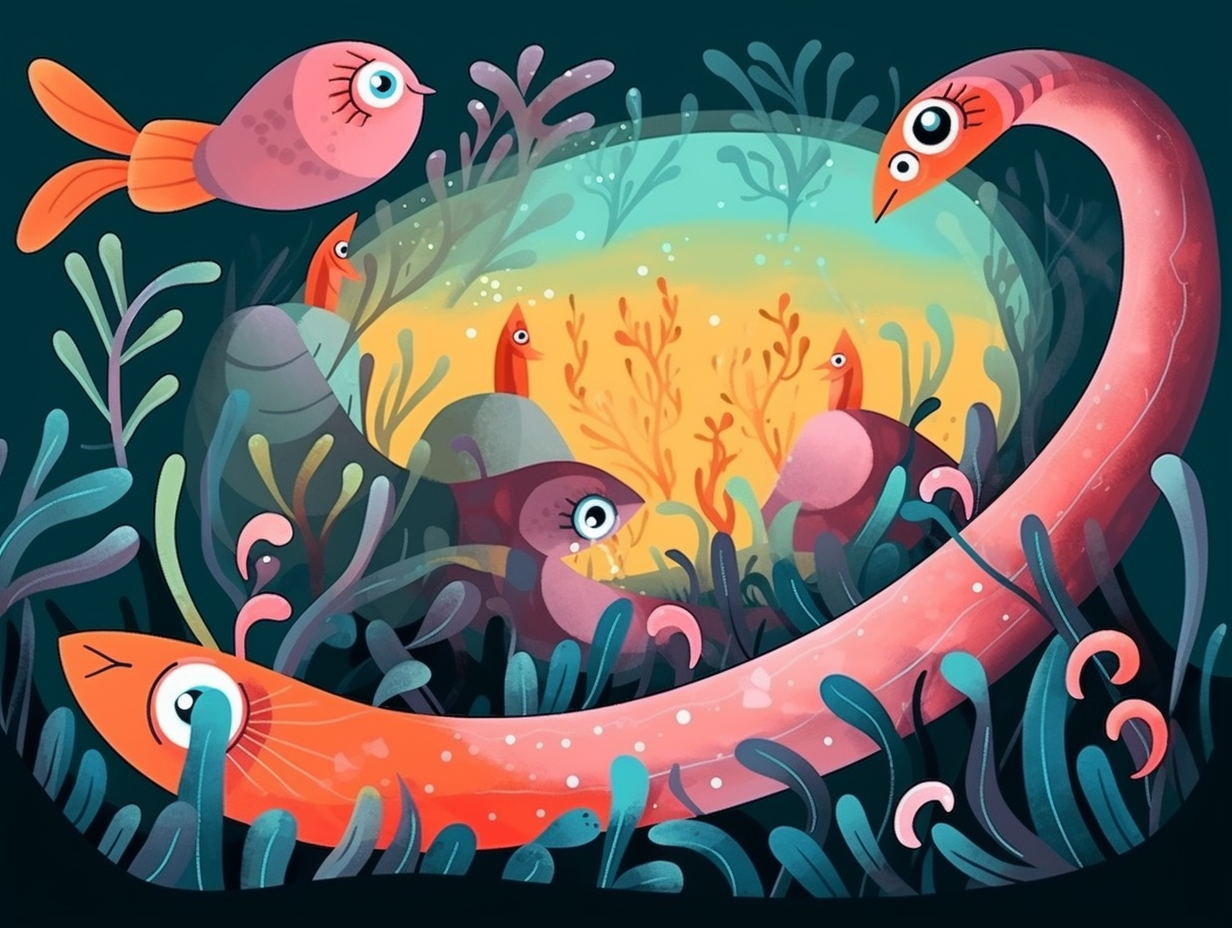Discover the Top 14 Amazing Fun Facts About Zebra Mussels You Never Knew!

1. Fashionably Invasive
Donning stripes like Earth’s very own barcode, the zebra mussel walks into the club, or rather, the aquatic world, with fashion-forward flair: Unfortunately, this sartorially splendid mollusk native to Eastern Europe and Western Russia is an invasive species in North America, thanks to a late 1980s mix-up involving contaminated cargo ship ballast water that turned the Great Lakes into their new stomping ground.
Source => dnr.state.mn.us
2. Aquatic Houdinis
If zebra mussels were aspiring escape artists, they'd give Houdini a run for his money: able to endure up to five days high and dry, or thriving in super damp conditions for 21 days, these aquatic Houdinis necessitate the scrupulous cleaning and drying of your water gear like boats, docks, and swim rafts to halt the spread of these invasive marvels between water bodies.
Source => dnr.state.mn.us

Did you know that a whopping 68.7% of Earth's freshwater is trapped in ice caps and glaciers? Discover more about our planet's least accessible drink dispensers!
=> Fun Facts about Freshwater
3. Underwater Sherlocks
Move over, Sherlock Holmes; zebra mussels have solved the murky mystery of the aquatic world: By using their super-powered filter-feeding system, they effectively remove nearly all plankton particles from the water, leaving it clearer for visual predators, but potentially causing a colossal disturbance in the local food web as native species lose their plankton feast.
Source => nps.gov
4. Bivalve Brita Filters
Who needs a Brita filter when you've got zebra mussels at your service? These unassuming bivalves are aquatic vacuum cleaners on steroids: Clearing up to a quart of water per day, they provide prime real estate for thriving aquatic plants and nursery areas for young fish, helping populations of smallmouth bass to flourish. However, these master filtrators aren't all sunshine and rainbows – they also threaten native mollusks by restricting their essential life functions like feeding, growth, and movement.
Source => pinelk.org

5. Serial Spawn-ers
These Zebra mussels deserve the "Serial Spawn-er Award of the Aquatic World": Capable of producing up to a million eggs per year, they can rapidly take over local waterways and filter out plankton, significantly impacting aquatic ecosystems.
Source => nps.gov
6. Roomba Rivals
These zebra mussels are so good at cleaning, they'd put the best Roomba to shame, leaving aquatic life struggling to catch even a single floating crumb: These clever mollusks can filter up to one gallon of water per day per mussel, inadvertently causing population declines for larval fish and other invertebrates by removing their food sources, and even leading to the demise of native clam species in the Great Lakes. Unfortunately, there's no known way to show these overzealous striped maids the door, so our best bet is preventing their spread through vigilant gear cleaning and responsible disposal of unwanted bait.
Source => llojibwe.org
7. Aquatic Appetites
If zebra mussels were party guests, they'd start off as the petite hors d'oeuvres and end up hogging the buffet table: Though they begin their lives at a meager 1 millimeter, they can grow all the way up to a hearty 5 centimeters, with their size fluctuating based on conditions like water temperature, calcium levels, and what's for dinner.
Source => nas.er.usgs.gov
8. Mini Marauders
Move aside, gremlins—zebra mussels are here to wreak aquatic havoc: These diminutive marauders can pump out millions of tiny terrors per year and even survive a week-long beach vacation outside of water, causing destruction beneath the waves, sticking to unsuspecting boat hulls, and punching wallets with their costly damages.
Source => smithpump.com
9. Mussel Wrestling Champs
In the thrilling world of underwater mussel wrestling, zebra mussels are the undisputed, muscle-bound champions of high-speed aquatic arenas: These brawny bivalves boast a superior byssal thread synthesis rate, granting them an edge in attaching themselves securely to substrates and fending off rival quagga mussels in rapid water environments.
Source => journals.biologists.com

10. Dental Adhesive Envy
Who needs dental adhesive when you've got byssal threads? Zebra mussels give new meaning to the term "hanging on tight": These freshwater mollusks use incredibly strong byssal threads to attach themselves to hard surfaces like rocks, boat hulls, and even water intake pipes, enabling them to resist strong currents and removal efforts.
Source => animaldiversity.org
11. Underwater Hoarders
Do you ever feel like you're just attached to everything, like an underwater hoarder, constantly clinging to boats, docks, and your poor underwater roommates? If so, you might just be a zebra mussel: These little aquatic hitchhikers not only stick to various surfaces and living beings, but can reproduce at astonishing speeds – each female can produce up to a million eggs per year, making them the ultimate uninvited party guests in ecosystems they invade!
Source => usgs.gov
12. Boat-Hitching Bandits
Why did the zebra mussel hitch a ride on a boat? To get to the other side, of course: Zebra mussels love to secretly stow away in tricky boat compartments like ballast tanks and live wells, and can catch a ride in residual water to invade new aquatic territories, necessitating hot water decontamination measures for unsuspecting vessels.
Source => maisrc.umn.edu
13. Indiana Jones Mussels
Zebra mussels have a flair for adventure, daringly braving the currents like aquatic Indiana Joneses: Using their muscular foot, these little explorers combat the flow of water, allowing them to quickly spread to new territories and tag along on boat hulls and other floating objects.
Source => bioweb.uwlax.edu
14. Bouncer Bivalves
Who needs a Geiger counter when you've got a zebra mussel? These bivalve bouncers of aquatic heavy metal concerts are incredibly discerning when it comes to the "riff-raff" in their environments: zebra mussels have the amazing ability to selectively concentrate heavy metals like uranium in their shells, making them a potential tool for local bioremediation and an important model organism for biomineralization studies, along with being an accurate monitor for water quality management.
Source => ncbi.nlm.nih.gov
Related Fun Facts




















